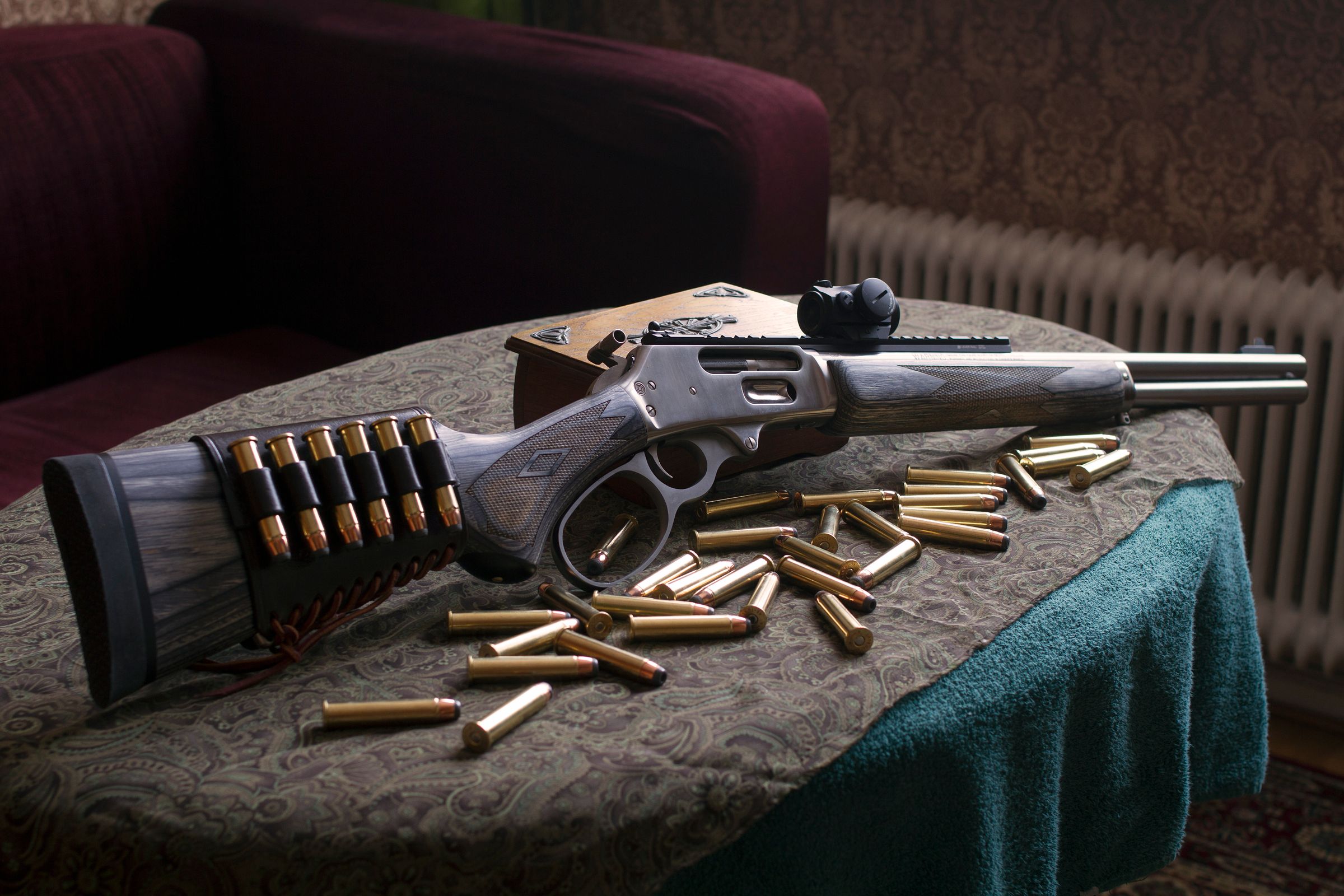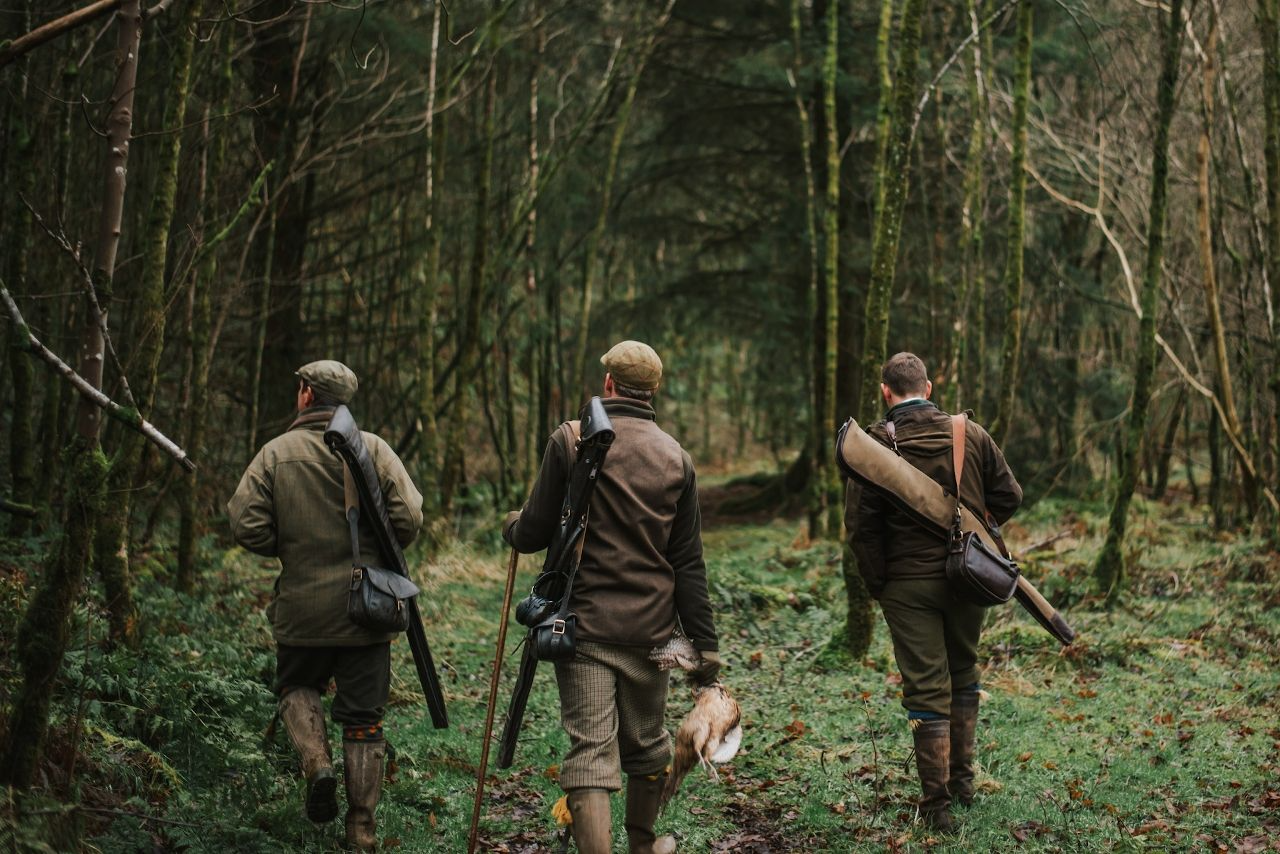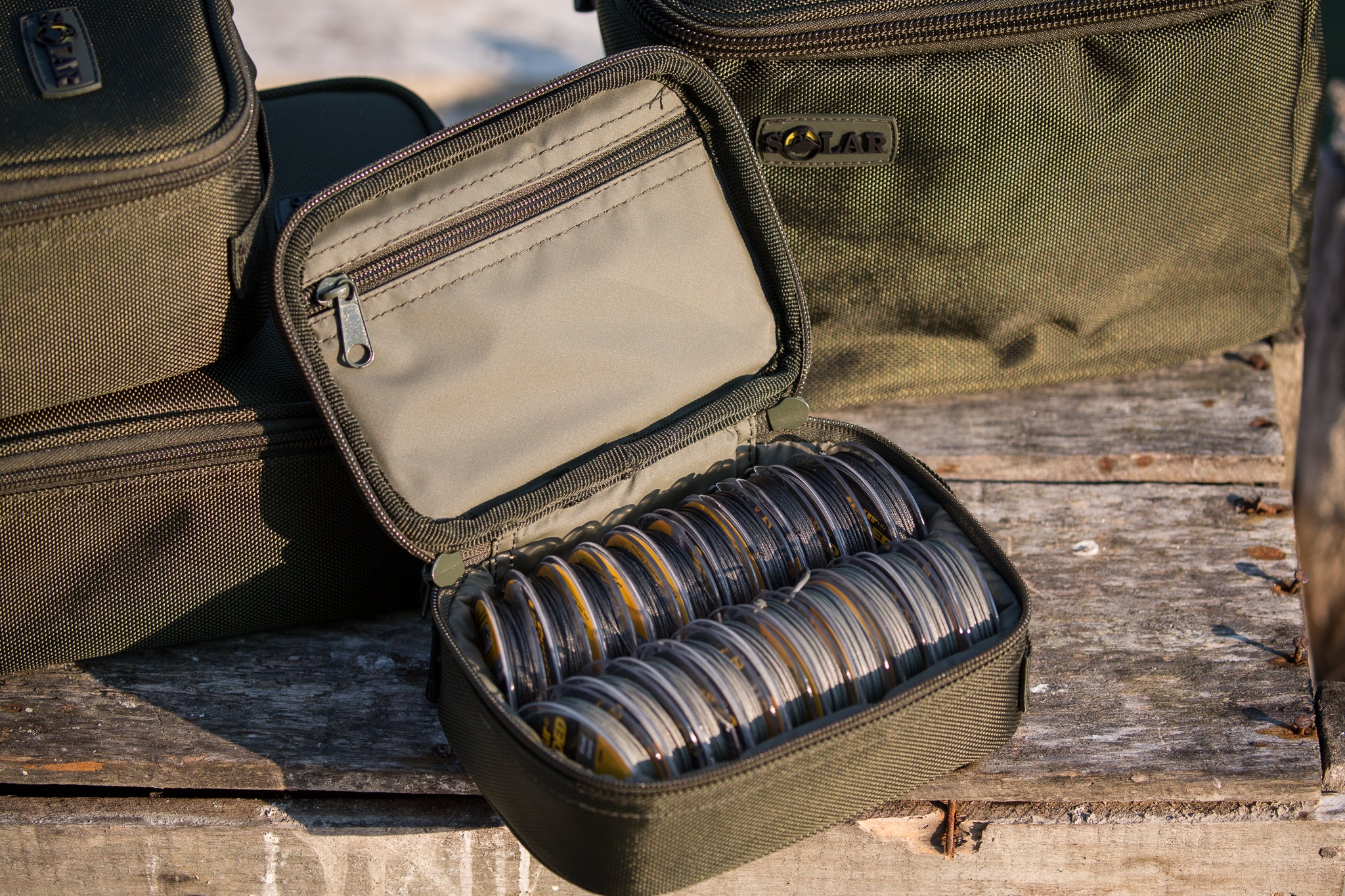The Best Times of Day to Hunt (and Why You Should Adjust Your Schedule)
If you want to improve your chances of a successful hunt, timing is everything. The best hunters know that it's not just where or how you hunt, but when. Wildlife activity shifts throughout the day, and understanding these natural patterns can dramatically increase your chances of spotting and harvesting game. Here’s a breakdown of the best times of day to hunt—and why tweaking your schedule can lead to better results.
The Best Times of Day to Hunt (and Why You Should Adjust Your Schedule)
1. Early Morning: Prime Time for Most Game
Timeframe: 30 minutes before sunrise to 2 hours after
Why it’s effective:
-
Many animals, including deer, elk, turkeys, and waterfowl, are crepuscular—meaning they’re most active during dawn and dusk.
-
Cooler morning temperatures encourage movement.
-
Game are typically feeding or returning to bedding areas after a night of foraging.
-
Less human disturbance, giving you the advantage of silence and surprise.
Tip: Get into position at least 30–45 minutes before sunrise to avoid spooking game.
2. Late Afternoon to Early Evening: The Second Golden Window
Timeframe: 2 hours before sunset to 30 minutes after
Why it’s effective:
-
As temperatures drop, animals leave their bedding areas to feed again before nightfall.
-
Shadows lengthen, making it easier to stay concealed.
-
Evening hunts offer better visibility than early mornings in some terrains.
Tip: Set up near food sources or travel corridors between bedding and feeding areas.
3. Midday: A Hidden Opportunity (Especially During the Rut)
Timeframe: 10 AM – 2 PM
Why you shouldn’t skip it:
-
During peak rutting season, bucks may be active at any hour, chasing does even under the midday sun.
-
In colder months, animals may remain active later into the day to conserve heat.
Tip: Set up in dense cover or near bedding areas, where bucks may linger or search for receptive does.

4. Night Hunting (Where Legal)
Timeframe: After sunset to before sunrise (check regulations!)
Why it can be effective:
-
Many predators (like coyotes and hogs) are nocturnal.
-
Less competition from other hunters.
-
Advanced optics (like thermal scopes or night vision) give you a technological edge.
Tip: Always follow your local hunting laws—night hunting is not permitted for all species or in every region.
Why You Should Adjust Your Schedule?
-
Avoiding hunting pressure: Most hunters hit the woods at predictable times. Arriving earlier or staying longer can give you an edge.
-
Matching game patterns: As hunting season progresses and game adapts to pressure, their behavior shifts. Flexible timing helps you stay one step ahead.
-
Weather-dependent activity: On cooler or overcast days, animals may move later in the morning or earlier in the afternoon.
-
Moon phases: Full moons can cause increased nighttime feeding and later morning movement.
Final Thoughts
The best time of day to hunt isn't always the same for every species, terrain, or season. But by understanding the natural behavior of wildlife, observing local patterns, and staying adaptable, you’ll dramatically improve your odds in the field.
So set your alarm early, pack your gear the night before, and stay out just a little longer—you might be rewarded when others have already gone home.























